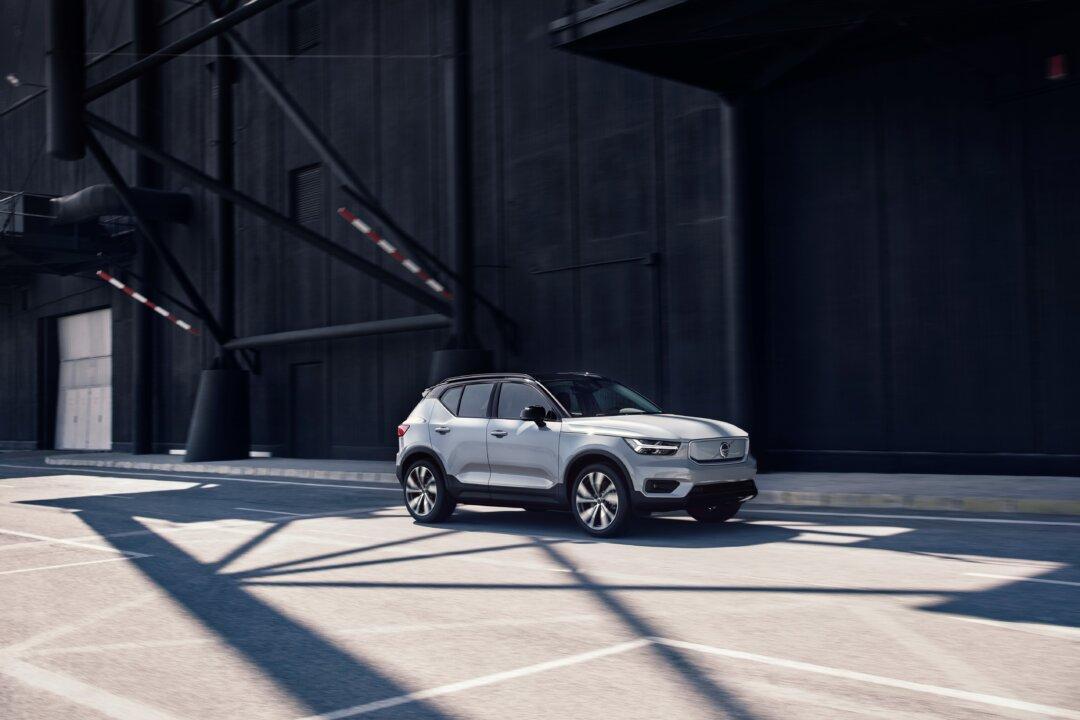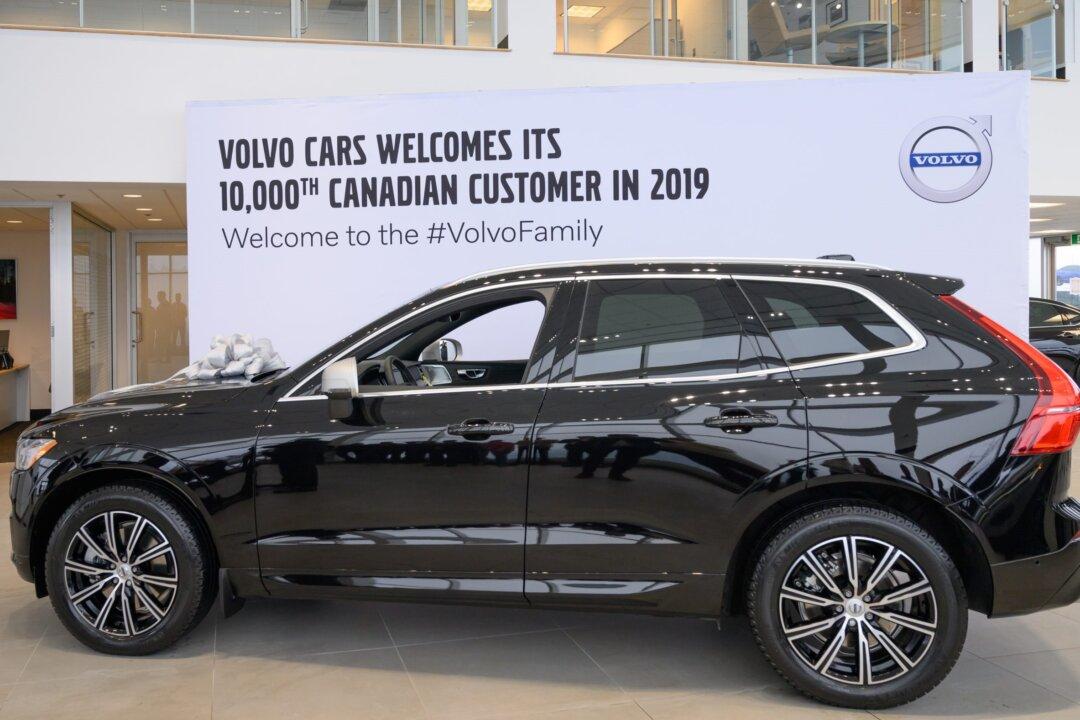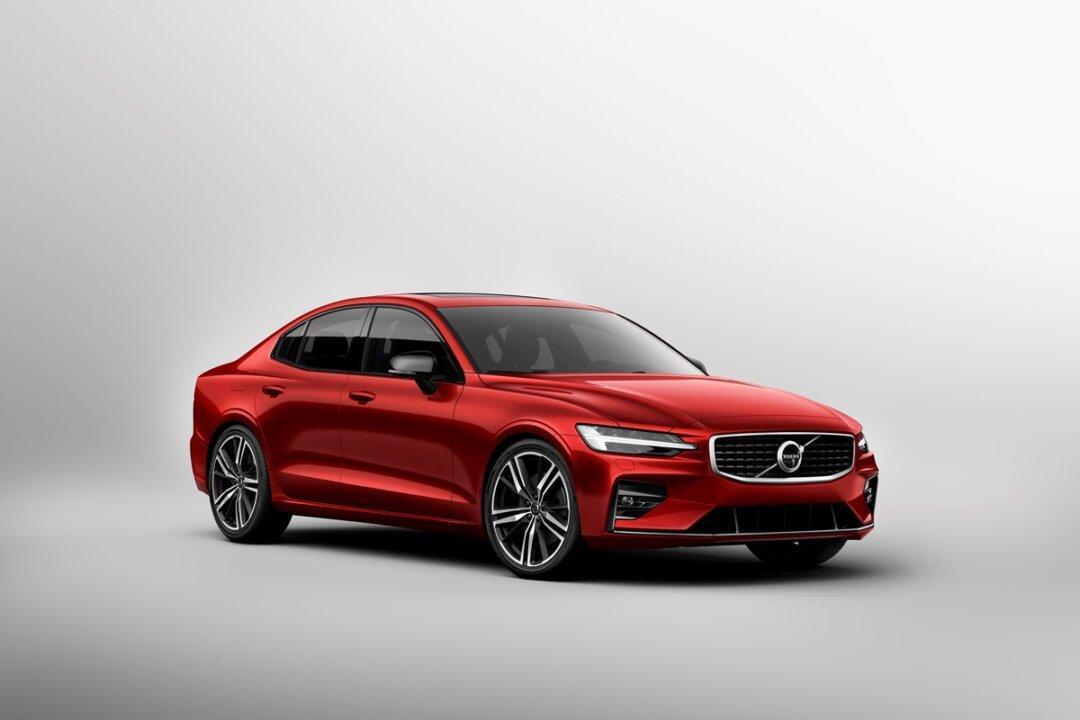Back in early 2018, Volvo Cars was the very first traditional car manufacturer to commit to all-out electrification. And, in addition and keeping with the stated goal, Volvo “… aims for carbon-neutral manufacturing across the globe as of 2025.”
In a recent sit-down with Matt Girgis, managing director of Volvo Car Canada, Mr. Girgis reinforced this objective. “By 2025, globally, Volvo Cars expects 50 percent of its vehicle sales to be fully electrified (battery electric vehicles [BEV]) and the other 50 percent to be electrified in some way or another—either as a hybrid or mild hybrid*.”




